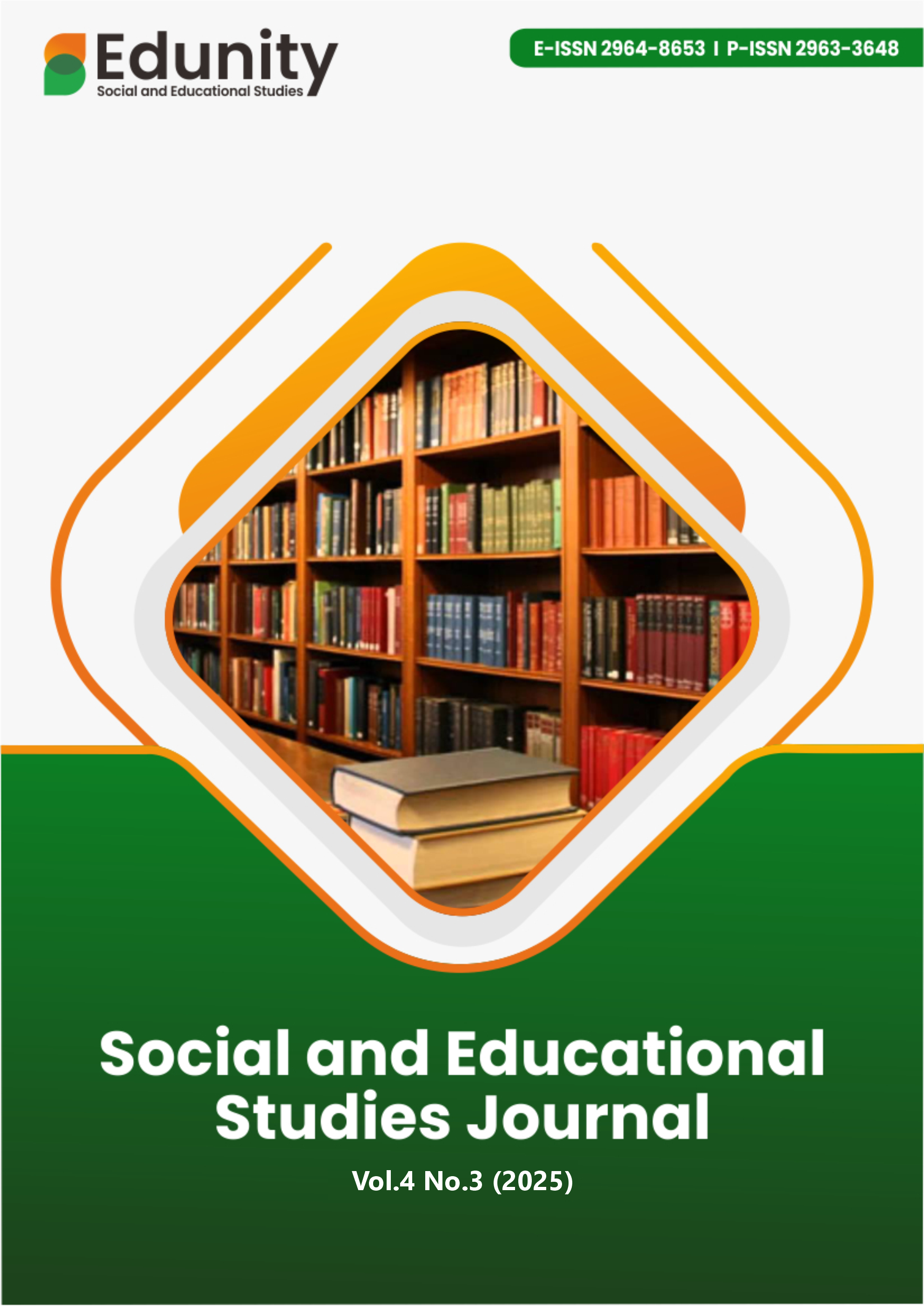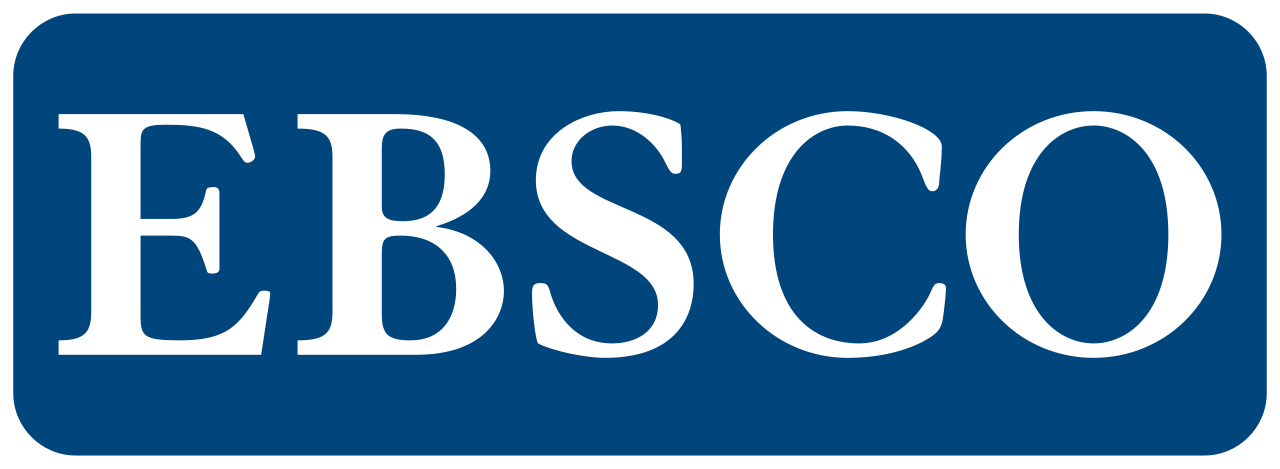Increasing Student Understanding of The Dynamics and Challenges of Indonesian Democracy Based on Literature Review Through Mass Media
DOI:
https://doi.org/10.57096/edunity.v4i3.380Keywords:
student understanding, dynamics of democracy material, mass mediaAbstract
This results aims to determine students' understanding of the learning material provided. This aims to highlight the significance of mass media and digital literacy in enhancing students' knowledge and skills. The type of research employed in this result is descriptive, with a qualitative approach. Data were collected by observation, interview, and documentation techniques. Checking the validity of the data using triangulation techniques. Data analysis techniques include data reduction, data presentation, and verification. The results indicate that key factors for students to understand the dynamics and challenges of Indonesian democracy include awareness of the importance of democracy, the ability to learn and adapt, openness to societal problems, practical communication skills, and the courage to fight for truth and justice. Therefore, the mass media can serve as a source of literature that enhances student understanding.
References
Al Awwali, S., & Suyadi, S. (2024). Character Education as Neurocognitive Education: A Study of Spiritual Neuroscience in Education. Nusantara: Indonesian Journal of Education, 4(2), 581–594.
Delisle, R. (1997). How to Implement Problem-Based Learning in the Classroom. Ascd.
Faznur, L. S., Santoso, G., & Hidayati, N. (2020). The use of spices in the new normal era to increase immunity in the Warujaya environment. Proceedings of the National Seminar on Community Service LPPM UMJ, 1(1).
Khaira, H. (2021). The use of the kinemaster application as an ICT-based learning medium. Proceedings of the National Seminar on Indonesian Language and Literature Learning (SemNas PBSI)-3, 39–44.
Martini, E., Kusnadi, E., Darkam, D., & Santoso, G. (2019). An Evaluation of the Market Potential of Freight Forwarding Business with Special Reference to Pentagon Logistics. International Journal of Recent Technology and Engineering, 8(2S8), 759–765. https://doi.org/10.35940/ijrte.B1483.0882S819
Michaud, O. (2020). What kind of citizen is a philosophy for children educating? What kind of citizen should it be educating? Philosophical Inquiry in Education, 27(1), 31–45.
Mustari, M., & Rahman, M. T. (2014). Character values: reflection for education.
Ni'mawati, N., Handayani, F., & Hasanah, A. (2020). Character education management model in schools during the pandemic. Fastabiq: Journal of Islamic Studies, 1(2), 145–156.
Nurani, H. I., Suhita, R., & Suryanto, E. (2017). Improving speed reading skills with the sq3r method in elementary school students. Paedagogia, 20(1), 33. https://doi.org/10.20961/paedagogia.v20i1.16594
Olssen, M. (2021). The rehabilitation of the concept of public good: reappraising the attacks from liberalism and neo-liberalism from a poststructuralist perspective. Review of Contemporary Philosophy, 20, 7–52.
Purnasari, P. D., & Sadewo, Y. D. (2020). The use of technology in learning as an effort to increase pedagogic competence. Educational Publications, 10(3), 189. https://doi.org/10.26858/publikan.v10i3.15275
Rahman, A., & Nuryana, Z. (2019). Islamic Education in the Era of the Industrial Revolution 4.0. https://doi.org/10.31219/osf.io/8xwp6
Ramdani, A., Jufri, A. W., & Jamaluddin, J. (2020). Development of Android-Based Learning Media during the Covid-19 Pandemic to Improve Students' Science Literacy. Journal of Education: Journal of Research and Literature Review in the Field of Education, Teaching and Learning, 6(3), 433. https://doi.org/10.33394/jk.v6i3.2924
Samsuri, S. (2009). Objectification of Pancasila as Social Capital of Democratic Citizens in Civic Education. Journal of Acta Civicus, 2 (2), 169–180.
Santoso, G., & Murod, M. (2021). Pancasila Education Curriculum Perspective; 21st Century Strengths, Weaknesses, Opportunities and Threats. World Journal Of Entrepreneurship, Project And Digital Management, 2(01), 46–52.
Syadiah, A. N., & Hamdu, G. (2020). Rasch analysis for critical thinking test questions on STEM learning in elementary school. Premiere Educandum : Journal of Basic Education and Learning, 10(2), 138. https://doi.org/10.25273/pe.v10i2.6524
Wicaksono, L., & Utama, D. D. P. (2020). The use of ICT-based learning media by Bandar Lampung City health care teachers. Journal of Physical Health and Sports, 5(1), 41–49.
Wittayakhom, N., & Piriyasurawong, P. (2020). Learning Management STEAM Model on Massive Open Online Courses Using Augmented Reality to Enhance Creativity and Innovation. Higher Education Studies, 10(4), 44. https://doi.org/10.5539/hes.v10n4p44
Yakup, R., & Suyadi, S. (2023). Character brain: a neuroscience-based model of character education. Echo Wiralodra, 14(1), 228–236.
Downloads
Published
Issue
Section
License
Copyright (c) 2025 Iksadar*, Dikdik Baehaqi Arief, Mukhamad MurdionoAuthors who publish with this journal agree to the following terms:
- Authors retain copyright and grant the journal right of first publication with the work simultaneously licensed under aCreative Commons Attribution-ShareAlike 4.0 International (CC-BY-SA). that allows others to share the work with an acknowledgement of the work's authorship and initial publication in this journal.
- Authors are able to enter into separate, additional contractual arrangements for the non-exclusive distribution of the journal's published version of the work (e.g., post it to an institutional repository or publish it in a book), with an acknowledgement of its initial publication in this journal.
- Authors are permitted and encouraged to post their work online (e.g., in institutional repositories or on their website) prior to and during the submission process, as it can lead to productive exchanges, as well as earlier and greater citation of published work.








